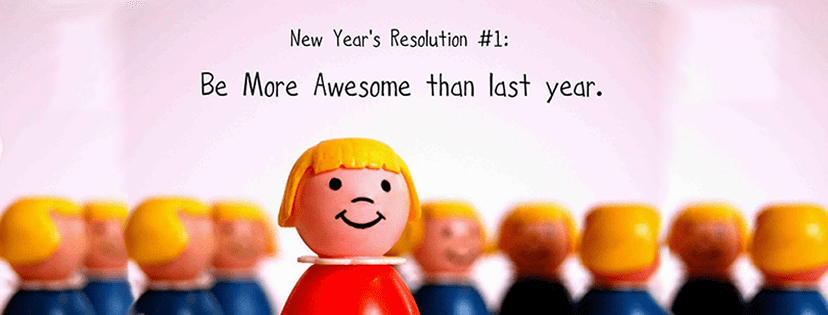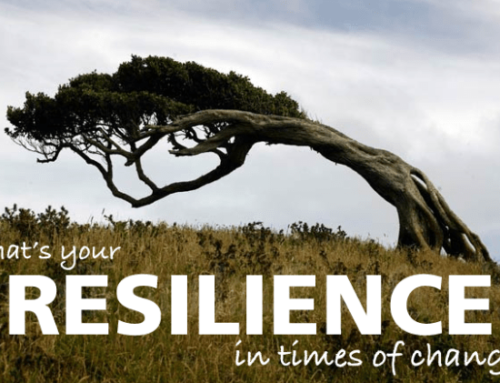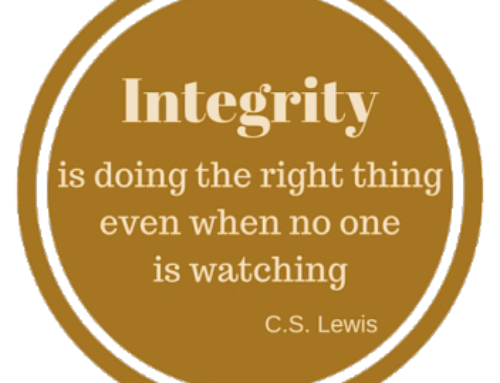 The turning of the year is a time when many people think about what they’d like to accomplish in the upcoming shiny new year. While I, too, do believe that January is a perfect time to identify where I’d like to go (in this case) in 2017, but I find it equally beneficial to also think about WHAT goals I set out for myself last year, and how well did I meet them and — if I didn’t — why?
The turning of the year is a time when many people think about what they’d like to accomplish in the upcoming shiny new year. While I, too, do believe that January is a perfect time to identify where I’d like to go (in this case) in 2017, but I find it equally beneficial to also think about WHAT goals I set out for myself last year, and how well did I meet them and — if I didn’t — why?
I saw a cartoon once that had two cows sitting in a pasture. One cow asked the other, “What are resolutions?” The other cow replied, “It’s a human’s ‘To Do’ list for the first week in January.” This always stuck with me, as so many folks make New Year’s resolutions … and then either break them or forget about them a short time into the New Year.
So, how can we make our resolutions “stick”? There’s a lot of great research on how we humans can keep our willpower and dedication to keep our goals. Here’s some suggestions:
- “IT’S TRUE: I READ IT!” … We tend to believe what we read. When we actually see our goal — either on that Post-It on the bathroom mirror or in our calendar as a weekly “meeting reminder” — we have a tendency to meet the goal. At TopDog, when we do our leadership workshops, we have our participants write down at least one goal they want to achieve from what they learned in the seminar. We also have them create a reoccurring Outlook “meeting” with themselves for Friday morning first thing to carve out reflection time on how progress toward that goal is going, and what needs to be done to keep the momentum going.
- PRETEND YOUR RESOLUTION IS AN ELEPHANT … there’s an old saying, “How do you eat an elephant? One bite at a time.” Meeting goals is kinda like an elephant: “chunk” it up and start small. Think through the steps that will take you toward your goal: working out 4 times a week, knock out sodas, increase your veggie intake by 50%; these are all steps toward having a more healthy lifestyle. As you parse out each step or key milestone to meeting your goal — whether it’s a one-time achievement or an ongoing behavior change — things are a lot easier in bite-size chunks versus trying to meet the whole enchilada.
- MAKE ‘EM WICKED “S.M.A.R.T.” … Throwing a resolution like “be more healthy” won’t get you very far; it’s too ambiguous and frankly how will you know if you’ve met the goal? Consider using the S.M.A.R.T. methodology for thoroughly defining your goal. S = Specific … make the goal specific (“I want to eat less junk food” vs “I want to eat better.”). M = Measurable … have some metric of achievement in place in order to know if you’ve met the goal or not (“I will eat fast food only 1x a week”). A = Attainable … can you meet the goal with the resources you have? Is it a realistic but “stretch” or growth-oriented goal? If not; consider getting the resources and support you need to make it happen. R = Relevant … is meeting the goal important to your world. Does it matter? Why focus your energy toward achieving something if it’s really not that worth wild to you? And finally, T = Time … set a time frame for achieving the goal. End of the year? Q2? Putting a time to the goal helps you see when you’re on track or not.
- REWARD SUCCESSES … When you take the “eat the elephant” approach (see #2), you can see the milestones or steps to achieving the goal. After, say, five steps, give yourself a reward. Make it to the end of the month and you’ve already met your quarterly business goal? Take yourself out to lunch or allow yourself that “mental health afternoon” you’ve wanted to do just for you. Like dogs, we humans are subject to positive conditioning and reinforcement. Be sure to pat yourself on the back and say “good boy!” or “good girl!” when you meet your key milestones toward your goal.
- PHONE A FRIEND … Many studies show that — when you make a goal “known” but others — you tend to hold yourself accountable to meet the goal. This trusted “Accountability Ally” can help ask how you’re doing toward your goal, and be that support for you when you need it. Tell a friend about your goal, give them permission to check in on your progress, and share with them how it’s going and what support you need.
- BONUS: GIVE YOURSELF SOME WIGGLE ROOM ... Remember we’re all humans; sometimes things don’t go as planned and we miss goals or a milestone toward those goals. “Whoops! I ate a piece of cake today!” or “Darn it! I didn’t finish all those work I had intended!” Reflect on why, make plans to mitigate the risk of missed steps in the future, and then pull and Elsa and “let it go!” Don’t beat yourself up over it; just get back on the proverbial horse and keep working toward that goal again.
These are a few ideas; but the important thing to remember is that setting goals is great; but truly successful people work to achieving those goals AND analyze their own behavior when they aren’t achieving them. Happy 2017!






